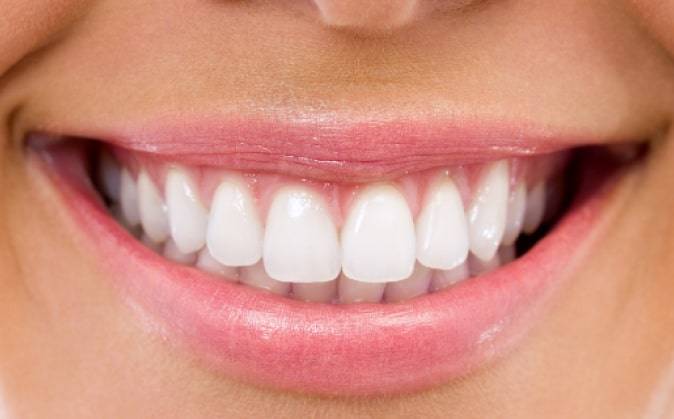Tooth Polishing for Children: Why and When?
As parents, ensuring our children’s oral health is a top priority. Regular dental check-ups, proper brushing and flossing, and a balanced diet are some of the primary measures to maintain a child’s oral hygiene. However, one aspect of pediatric dental care that often goes unnoticed is tooth polishing. In this article, we will delve into the importance of tooth polishing for children and discuss the recommended age for them to start this essential dental procedure.
The Importance of Tooth Polishing
Tooth polishing, also known as dental prophylaxis, is a procedure performed by dental professionals to remove dental plaque and stains from the surfaces of teeth. While it’s commonly associated with adults, it is equally crucial for children’s oral health. Here’s why:
- Plaque Removal: Plaque is a thin, sticky film of bacteria that forms on teeth. It can lead to tooth decay and gum disease. Children can develop plaque just as easily as adults, making regular tooth polishing a vital step in maintaining their oral health.
- Preventing Tooth Decay: Removing plaque and tartar through tooth polishing helps prevent cavities, which are a common issue in children. Tooth decay can be painful and lead to other complications if not addressed early.
- Stain Removal: Children’s teeth can become discolored from various sources, including dietary habits and medications. Tooth polishing can help remove these stains, restoring a brighter, more attractive smile.
- Creating Good Habits: Introducing children to dental prophylaxis at an early age instills a sense of responsibility for their oral health. This can lead to a lifelong habit of regular dental care and maintenance.
The Recommended Age for Tooth Polishing
The question of when to start tooth polishing for children is a common concern among parents. The answer varies depending on the child’s specific needs and oral health, but there are general guidelines to follow:
- First Dental Visit: Children should have their first dental check-up by the time their first tooth appears, or no later than their first birthday. During this initial visit, the dentist will evaluate the child’s oral health and determine if tooth polishing is necessary.
- Individual Needs: Dentists will assess the child’s oral hygiene practices, dietary habits, and the presence of dental plaque or stains. Based on these factors, they will decide whether tooth polishing is needed and at what age.
- Frequency: In most cases, children may not require regular tooth polishing until they reach their pre-teen or teenage years. However, the dentist will make this determination based on the individual child’s needs.
- Parental Guidance: Parents should work closely with the dentist to develop a personalized oral care plan for their child. This may include recommendations for tooth polishing frequency, dietary changes, and proper home care techniques.
Tooth polishing for children is a vital aspect of pediatric dental care, as it helps prevent dental problems and instills good oral hygiene habits from an early age. While there is no fixed age for when a child should start tooth polishing, the first dental visit is the best time to evaluate the child’s individual needs and set a plan in motion.
As parents, our children’s oral health should be a top priority, and tooth polishing is just one piece of the puzzle. By working with dental professionals and following their recommendations, we can ensure that our children grow up with healthy, beautiful smiles and a strong foundation for a lifetime of good oral health.

















